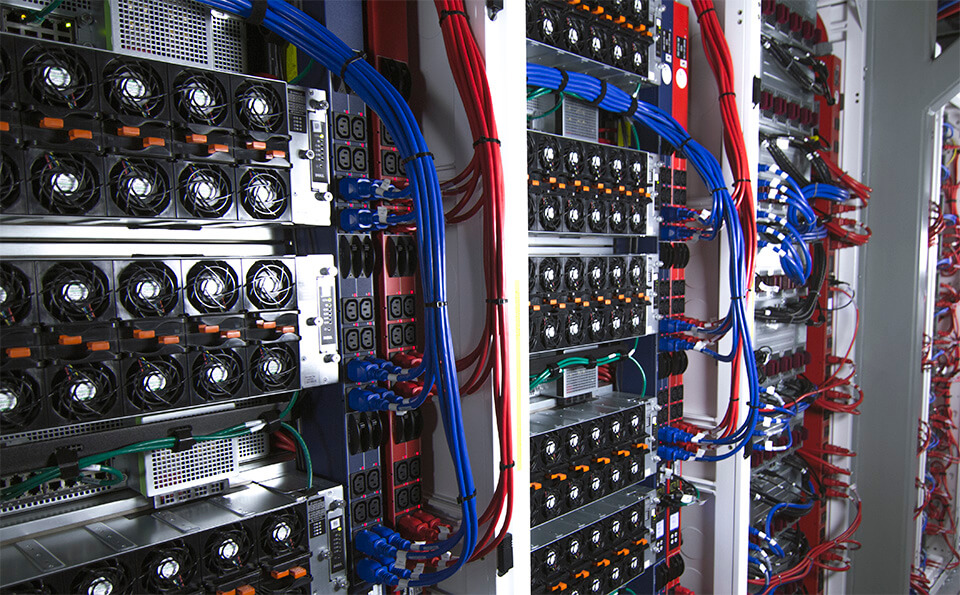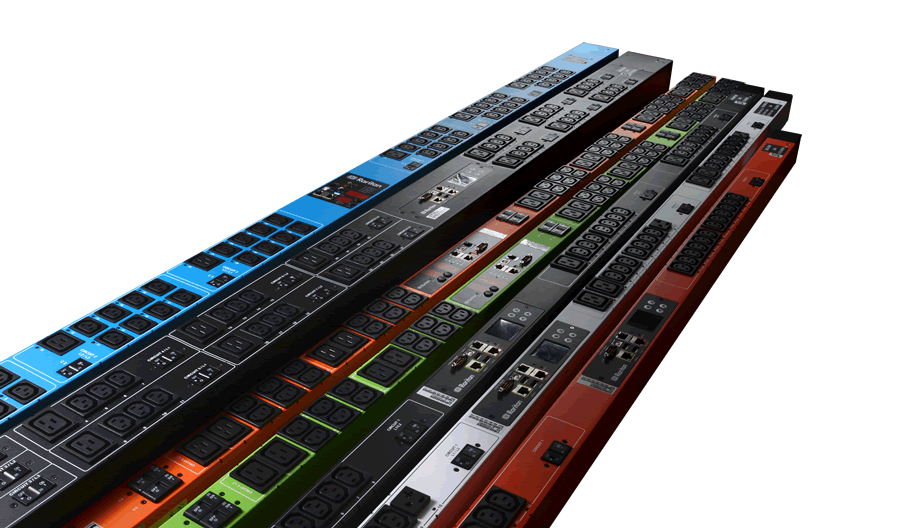The Raritan Blog
Home » Raritan Blog
What Is the iX7™ Advance PDU Controller and How Could It Improve My Data Center Operations?
Rick Gonedes
April 4, 2017

The iX7™ intelligent controller is Raritan’s newest advancement in the PDU industry. Before going into the details of what the iX7™ encompasses and why it’s changing the industry, it’s important to know the basic components of an intelligent PDU to help further your understanding.
Data Center Cabinet Load Balancing: there’s a less complicated way.
Scott Fier
March 28, 2017

Why do we load balance?
Without going into the complicated math, suffice it to say that load balancing in a 3 phase system is desirable. The more unbalanced a system the more problems it creates. UPS life, for one, can be affected by unbalanced systems. Although one circuit (server cabinet) being out of balance won’t have much effect, if many or all circuits on a panel are out of balance, the main circuit supplying the breaker panel will be out of balance and this can ruin your upstream UPS. There are also efficiency issues with unbalanced loads.
How is load balancing currently accomplished in a rack cabinet?
To balance a load in a cabinet, the loads of the equipment power supplies are spread across the 3 phases – L1/L2, L2/L3, L3/L1. This is done by plugging the first server (or switch/router) in an outlet wired on L1/L2, the next server on L2/L3, the next on L3/L1, then start over. The goal is to get an equal number of devices/loads on all 3 phases – or as close as possible.
This approach can quickly turn into a cabling nightmare. Most rack PDUs are linear in their phase layout of outlets – there are only three banks of outlets, one for each phase. For example, on a 36 outlet PDU, outlets 1 through 12 will be on L1/L2, 13 through 24 on L2/L3, and 25 through 36 on L3/L1. If you use the above method of balancing, and start racking the devices at the bottom U position, the third device you plug in will need to reach the top third of the PDU and the last device may have to reach back to the bottom of the PDU. In other words, a lot of crisscrossed cabling.
How do Raritan’s balance the cable and load balancing challenge?
In certain Raritan PX three-phase models the architecture gets around the cabling issue by staggering the grouping of outlets - there are at least 6 banks of outlets. For example, outlets 1 through 6 are on L1/L2, 7 through 12 on L2/L3, 13 through 18 on L3/L1, but then we start over at L1/L2 for outlets 19 through 24. (See Illustration below)
This intelligently engineered architecture results in more reliability and easier execution. The devices towards the top of the cabinet don’t need to be plugged in to the bottom of the PDU and devices at the bottom don’t need to be plugged in to the top.
ASHRAE 90.4: A more sophisticated standard
Nicolas Sagnes
January 25, 2017

In September of 2016, the American Society of Heating, Refrigerating, and Air-Conditioning Engineers (ASHRAE) published a new and improved standard that establishes the minimum energy efficiency requirements for data centers.
How LinkedIn Scaled Data Center Operations with Three-Phase Power
Liz
October 7, 2016

LinkedIn, Data Center Knowledge, and Raritan have joined forces to share unique insights on bringing three-phase power chains all the way to the rack. The three companies will be participating in a webinar this month on “How LinkedIn Scaled Data Center Operations with Three-Phase Power.”
PDU Mass Deployment and Lifecycle Management
Nicolas Sagnes
August 17, 2016
You recently acquired brand new PDUs or you are in the process of evaluating power distribution solutions. You are probably asking yourself: “How can I easily and seamlessly deploy my PDUs and leverage their capabilities in my existing DCIM software or BMS?”
Well, look no further. I’m here to give you a quick overview of Raritan’s open API and scripting capabilities, as well as our mass configuration options.
Subscribe
Upcoming Events
- Advancing Data Center Construction West 2024
- May 6 – 8 • Salt Lake City, UT
- Net Zero Data Center
- May 16 – 17 • Dallas, TX
- 7x24 Exchange Spring
- June 9th • JW Marriott Orlando Grande Lakes
Latest Raritan News
- Legrand Certifications and Process Controls Provide Confidence in Information Security for Network-Connected Devices in Data-Related Applications
- Posted on April 1, 2024
- Legrand Releases Version 4.0 of Raritan’s Industry-Leading Secure KVM Switches, Raising Bar for Secure Desktop Access
- Posted on July 31, 2023
- Legrand Revitalizes Data Center Sector with Two Revolutionary Intelligent Rack PDUs
- Posted on May 1, 2023
- Raritan Reveals The MasterConsole® Digital Dual KVM Switch
- Posted on February 18, 2021
- Legrand Data, Power and Control Division Announced as Finalist in Six Categories at DCS Awards 2020
- Posted on November 9, 2020